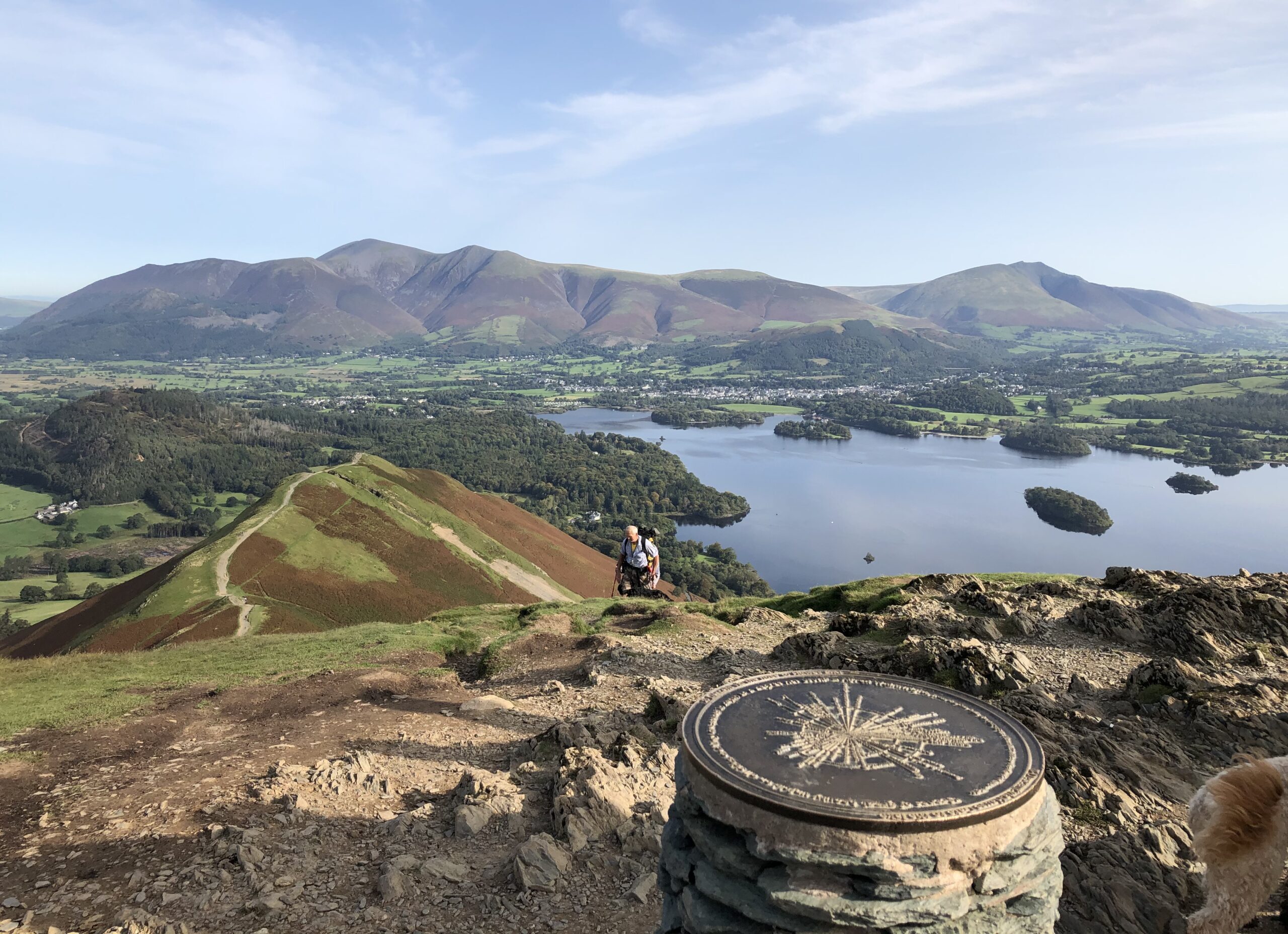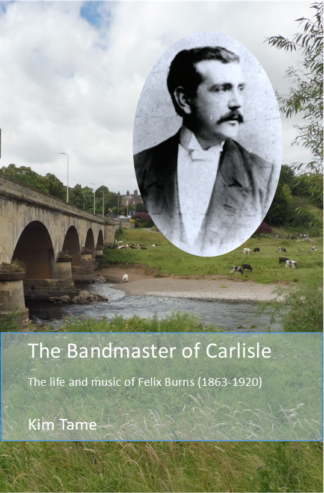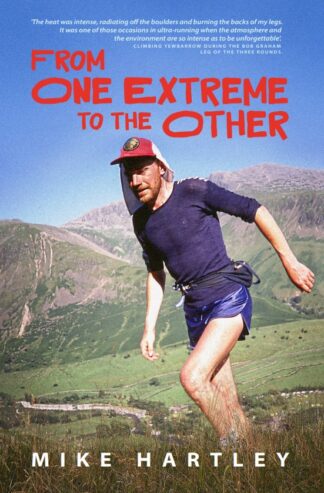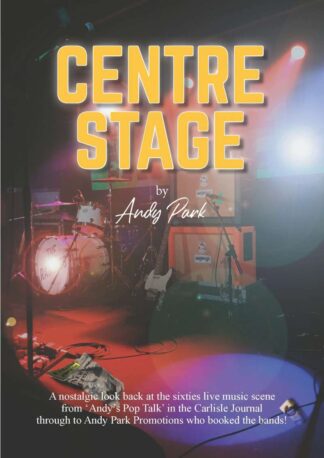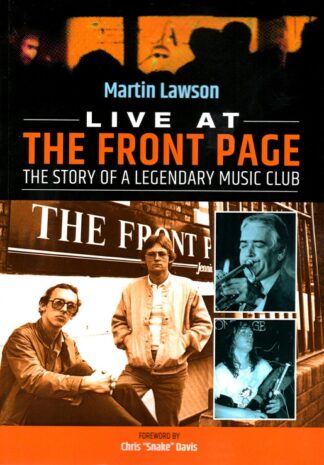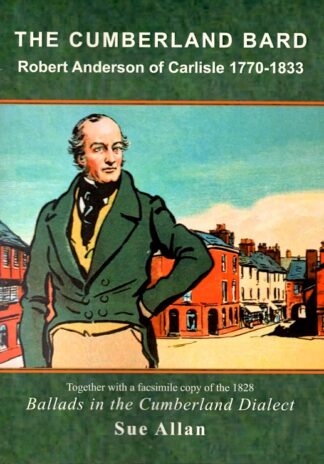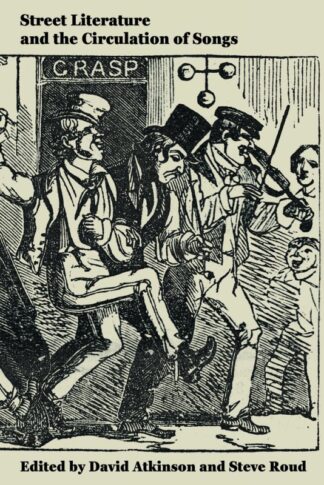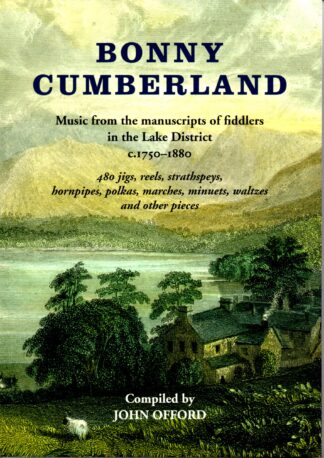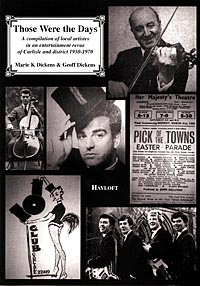Theatre, film, music, spoken word, events
-
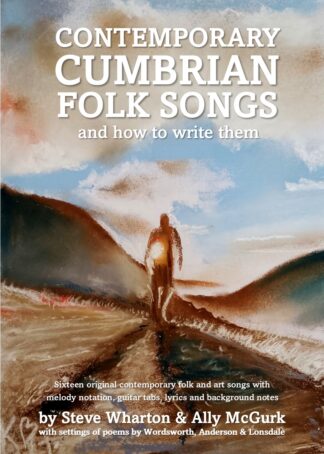
Contemporary Cumbrian Folk Songs
And How To Write Them
£12.00 -
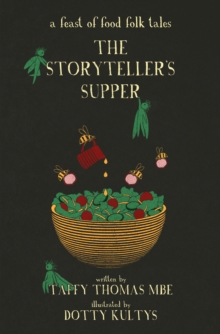
The Storyteller’s Supper
A Feast of Food Folk Tales
£12.99 -
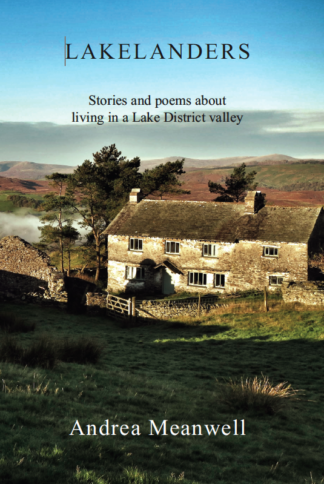
Lakelanders
Stories and poems about living in a Lake District valley
£10.00 -
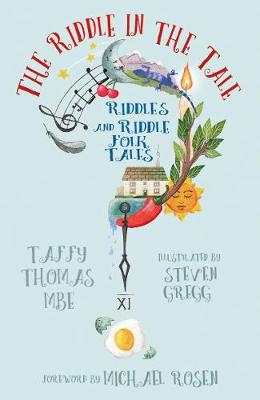
The Riddle in the Tale
Riddles and Riddle Folk Tales
£9.99 -
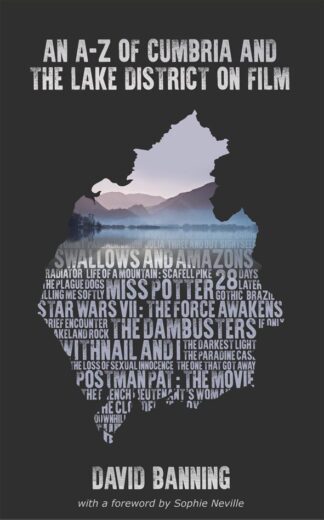
A-Z of Cumbria and the Lake District on Film
£12.00 -
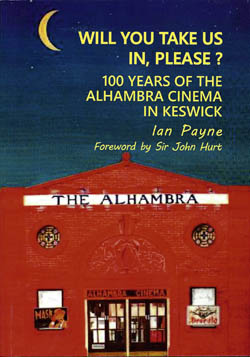
Will You Take Us In, Please?
100 Years of the Alhambra Cinema in Keswick
£10.00 -
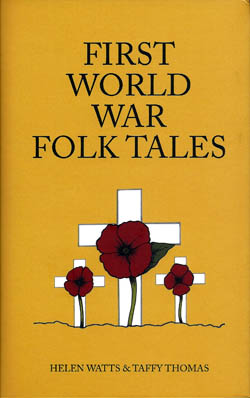
First World War Folk Tales
£9.99 -
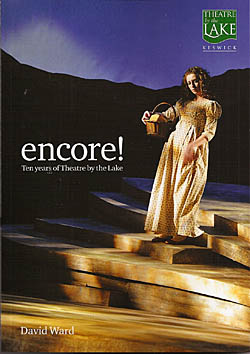
Encore!
Ten Years of Theatre By The Lake
£6.00 -
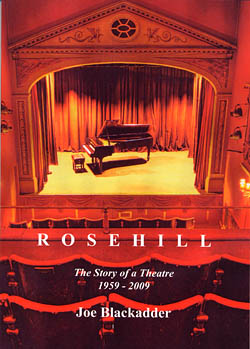
Rosehill – The Story of a Theatre 1959 – 2009
£10.00
Showing all 18 results
